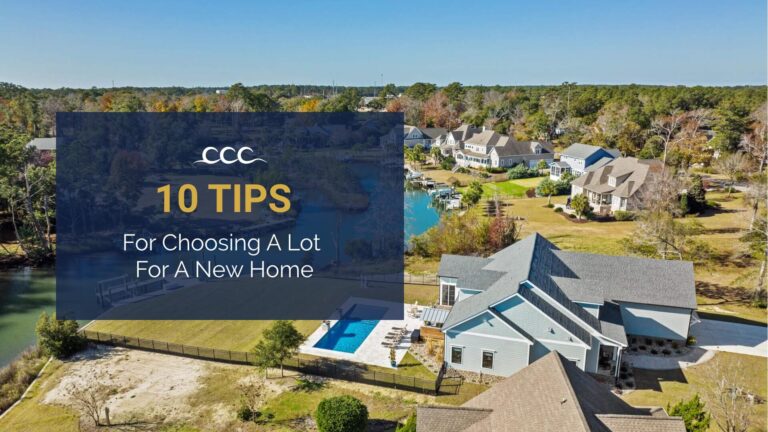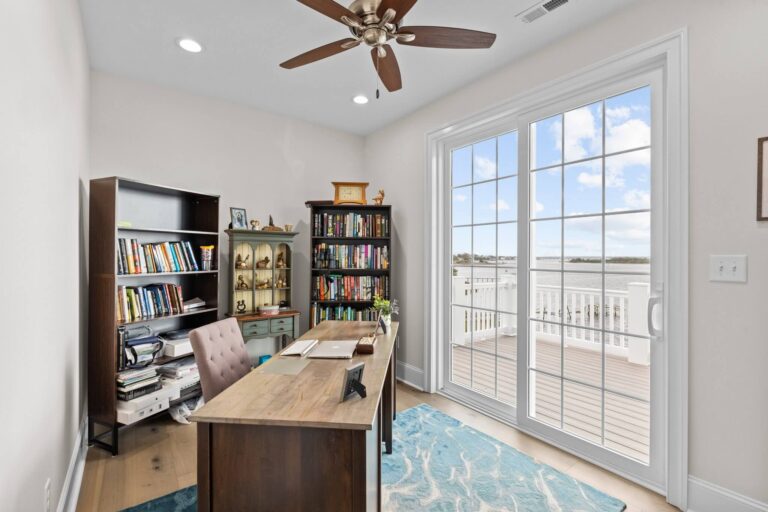AGING IN PLACE
The huge Baby Boomer generation is now well into middle age, and either entering retirement or already retired. The majority of Boomers are determined to remain in their own homes, which means that aging in place has become an emerging trend. But aging in place is not just about comfort, it also allows homeowners to maintain their independence and comfort in their own homes as their physical needs and capabilities change.
Aging in place home designs use the principles of universal design, eliminating barriers to access, and providing a safe, easy to use environment for people of all ages and abilities. The idea is to build a home whose design is flexible and can easily adapt to accommodate life changes, creating an environment where all ages and ability levels can live comfortably, easily, and safely.
Aging in Place – New Construction
Integrating aging in place accommodations is easier with new construction, precisely because accommodations can be included in the planning phase. Many residences designed to facilitate aging in place are single-story homes with a stepless entryway, eliminating the need to install exterior ramps or interior stair lifts. New construction should also allow for generous walkways throughout the home, including doorways measuring at least 36 inches wide, to accommodate a walker or wheelchair. Sufficient lighting should also be available throughout the residence.
In the bathroom, a curbless shower is a worthwhile aging in place investment, along with blocking to allow for grab bars to be installed when needed.
In the kitchen, the idea is convenience and comfort. Install flooring that is easier to stand on for long periods, such as vinyl, linoleum, wood, or cork. Consider adding seated work spaces. Look at installing lever-handled faucets and appliances with D-shaped handles that make it easy for people of all abilities to open and close cabinets. Contrasting color edges on countertops can help those with vision problems to easily see the edge of the countertops.
Aging in Place – Renovation and Retrofitting
Retrofitting a home to accommodate aging in place can vary in cost depending on what type of work you need to have done in order to make the home more easily usable for everyone. But there are some easy changes that can be made to help make your existing home one where aging in place is possible.
The bathroom is one of the best places to make changes in order to make aging in place easier. Things such as replacing the bathtub with a curbless shower with a bench, and installing grab bars, can make it easier for people with difficulties with balance or walking to easily enter and use. Expanding the doorways to 36” to accommodate a wheelchair or walker means that family members can more easily access the room without needing assistance.
Installing hardwood floors throughout the house can eliminate fall risks from tripping on rugs while also making it easier for walkers and wheelchairs to be used.
Creating a stepless entry into your home can be as easy as installing a ramp to ensure easy access from the driveway or street.
Brighter and more lighting throughout the house makes it easier for everyone to see what they’re doing and where they’re going, which can help reduce the risk of accidents and falls. Ensure that accessible switches are in place at both ends of hallways and staircases, so that nobody has to cross a space in order to turn on a light.
Making a few key design changes either during the build or remodel process can not only make it easier for you to age in place in your own home, but to create an open and accessible space that is easily enjoyed and used by everyone in the family.
For more information about aging in place, and the construction accommodations that can make it possible for seniors to remain in their homes, contact us. We’ll be happy to answer whatever questions you may have.



